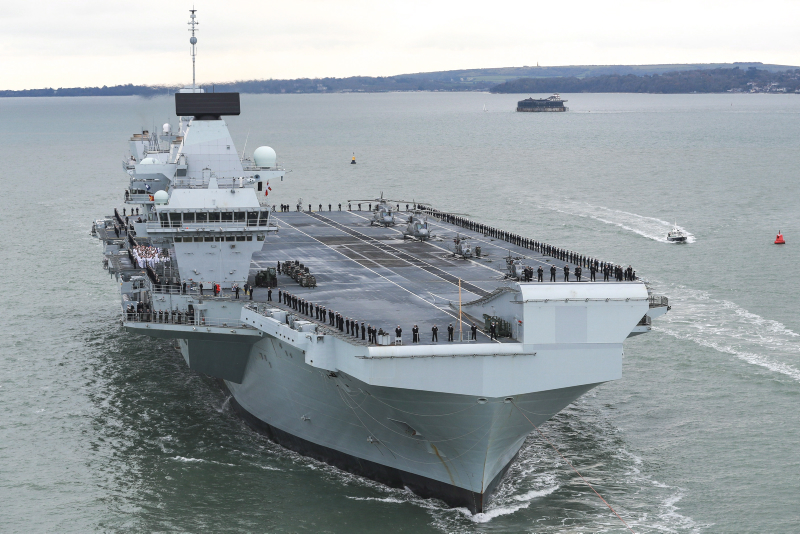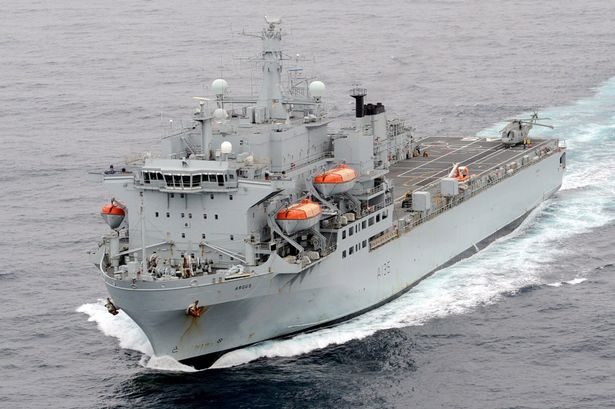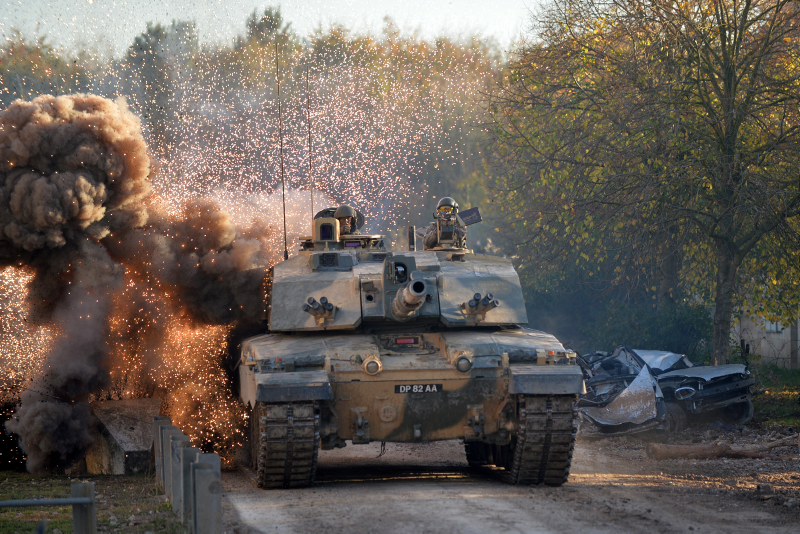In recent reports, both the National Audit Office and the House of Commons Public Accounts Committee have criticised the MOD over delivering its carrier strike capability. This criticism has been widely reported in the print media (see articles in The Telegraph and The Financial Times). But does this multi-billion-pound programme really deserve the condemnation it continues to receive, or, given the complexity of its associated projects, is it actually a difficult job being reasonably well done?
National Audit Office Report
The NAO report – Carrier Strike – Preparing for deployment – was published in June 2020. It confirmed that the MOD has delivered both HMS Queen Elizabeth and HMS Prince of Wales at a cost of £6.4 billion, which is only 3% above the revised figure announced to Parliament in 2013. It also recognised that much of the UK infrastructure needed to support them had been developed and the number of F35 Lightning II in the joint RN/RAF fleet was 18, although the total now stands at 21 following this week’s delivery of a further three aircraft.
However, the report also highlighted that slow progress was being made in developing the crucial supporting activities that are needed to make full use of a carrier strike group, such as the Crowsnest radar system and the ability to resupply the carriers. In addition, it suggested that a clear view was still to be established on the future cost of enhancing, operating and supporting carrier strike, which creates the risk of future affordability pressures. The NAO concluded that Defence will not achieve value for money from its investment to date unless it provides clarity on its future ambitions; develops its understanding of future development and operating costs; and ensures cross-command coherence and collaboration to develop the full capabilities of carrier strike.
Public Accounts Committee Report
The Public Account Committee’s report – Delivering Carrier Strike – was released in November 2020. It echoed the NAO’s concerns regarding delays in the procurement of the supporting capabilities, as well as the lack of clarity over the operating costs of a carrier strike group. It concluded that “the UK has two world-class aircraft carriers with limited capability because the wider debate about what the UK’s strategic capability needs has been repeatedly delayed”.
Analysis
As a capability, it is impossible to ignore the fact that carrier strike has been a long time in the making. First identified as a requirement in the 1998 SDR, it took almost 20 years for the first carrier to be commissioned. Initial operating capability (i.e. the minimum level at which the capability is usefully deployable) is expected to be declared this month, but full operating capability will not be reached until at least 2026. In its defence, the programme has suffered almost continuous turmoil as a result of both its perceived need from some elements within the military and political pressures over cost. During the counter insurgency campaigns in Iraq and Afghanistan, many questioned the wisdom in continuing with a return to carrier operations. In addition, the 2010 SDSR debacle over switching to the F35C carrier-variant of the Lightning aircraft and then switching back to the F35B STOVL (short take-off and vertical landing) variant, when it became clear that the cost of installing catapults and arrestor gear on the carriers was prohibitive, was hardly confidence inspiring.
That said, since the government reaffirmed its commitment to delivering carrier strike, in the 2015 SDSR, considerable progress has been made. Managing the cost overrun for both carriers at just 3% since 2013 is laudable and the expected completion of infrastructure projects at HMNB Portsmouth, RAF Marham and the Northern Ammunition Jetty at Glen Mallan in Scotland, within budget and ahead of carrier strike’s first operational deployment, is also a solid achievement.
Conclusion
It is no secret that the overall Defence Equipment Plan is over budget, potentially to the tune of £13 billion over the next ten years. As a result, senior officials have regularly to make difficult decisions over where to allocate cash, especially in the short term. Although carrier strike is a significant capability – some would argue the most significant for UK Defence over the next 20 years – investment in it still has to be considered alongside all of the MOD’s other commitments. While regrettable, it is unsurprising that some of carrier strike’s longer-term projects (such as the new fleet solid support ships) have seen funding slip to the right, simply because closer alligators have had to be dealt with ahead of them.
As regular visitors to this website will recognise, it all comes down to prioritisation. One year ago, @onUKDefence considered the question, are the two carriers vital additions to the fleet or just white elephants? The conclusion reached at the time was they had to be fully exploited; therefore, funding must be found fully to resource the carrier strike groups. Since then nothing has changed; delivering carrier strike remains one of Defence’s highest priorities. This argument appears to be gaining traction as, following his announcement of an additional £16 billion for the Defence budget over the next four years, Boris Johnson has pledged to restore Britain’s status as “the foremost naval power in Europe” and promised significant investment in new warships.
I wonder if he reads this blog …






